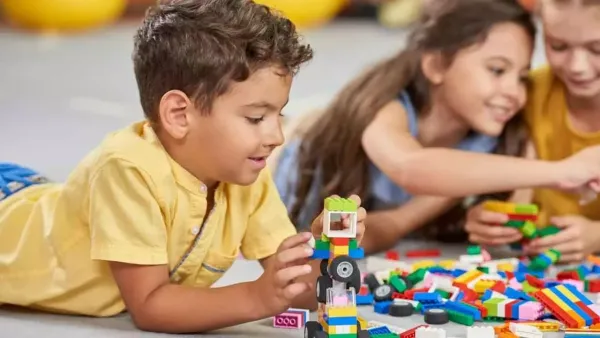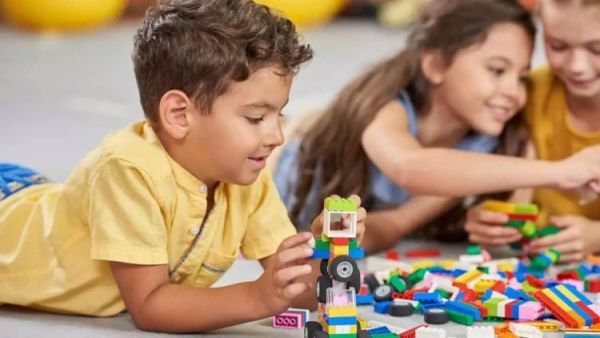
The schooling scenario is completed by striking a balance between creative discovery and physical exercise, while technology provides us with the skills we need. Ultimately, this equilibrium fosters overall development. Competencies that go beyond screens and algorithms are developed. In conclusion, the necessity for this kind of well-rounded education that promotes developed holistic learning is greater now than it has ever been. Understanding the interconnectedness of technology, sports, and the arts may help children better prepare for a world that is becoming more complicated and provide them with a diverse range of skills and talents for a bright future.

Holistic education has never been more important in a time of rapidly advancing technology, when screens and algorithms are increasingly defining the features of life. Even while children’s digital disruptions provide amazing possibilities, the value of sports and the arts will never fade. Students need to be physically and creatively active in order to grow holistically. Our rapidly evolving global system requires kids to accept technology while also incorporating it into their curriculum in sports and the arts. Armed with this well-rounded strategy, they can tackle the ever-changing issues of the future.
The Value of a Well-Rounded Education
Instantaneous connectedness via smartphones and advanced algorithms governing our consumption patterns characterize today’s society. These developments improve our lives, but they also have serious disadvantages. It takes a well-rounded education to overcome challenges. Regular physical exercise has physiological advantages that are matched by social and mental health benefits. Children who are emotionally intelligent via sports and the arts are better able to comprehend and connect to complex social behaviors. Students that are creative are forced to look outside the box and approach challenges in novel, creative ways.
The use of sports education as a transitional growth catalyst
Sports education addresses the dangers of inactive lives while promoting overall development. Exercise improves mood and mental health by releasing endorphins and keeping one fit and healthy. For example, team sports like basketball or cricket teach vital abilities like leadership, cooperation, and communication. Participating in team sports fosters some of the most valuable traits that are critical for both personal and professional life, such as good communication and leadership. Sports provide a link that enables students to form new relationships and integrate into the school community.
The Arts foster Self-Expression and Creativity
The groundwork for overall growth is laid by an introduction to arts education. It encourages self-expression, inventiveness, and creativity—all of which are essential for promoting innovation. Various types of art encourage pupils to express their feelings, which helps them think critically and solve problems. It is the therapeutic component of arts education in a technologically advanced society, assisting students in handling the complexity of their student lives by being more emotionally balanced and conscious.
Technology offers numerous conveniences, but it also raises a number of concerns regarding excessive screen time. Physical activity declines as students become more immersed in digital settings and environments, leading to increased health concerns, such as obesity and mental health disorders. Exercise has been shown to be essential for bone, muscular, and cardiovascular health as well as potentially elevating one’s mood. The development of lifetime well-being requires the early introduction of healthy practices. Schools will ensure that kids have many alternatives for active learning via physical activity—whether it be unstructured, like free play, or structured, like sports—by working with parents.
The best course of action is holistic development.
In addition to being tech-savvy, those who get a well-rounded education that incorporates the arts and sports are also flexible and creative problem solvers. Participating in sports and artistic endeavors may enhance a student’s capacity for flexibility and creativity in problem-solving, which will help them develop their technical abilities as they become ready for a changing workplace. Successful uses of a flexible education may be seen in the work of innovators who combine the fields of technology and art to build amazing user interfaces or who combine music and code to produce something beautiful.
The schooling scenario is completed by striking a balance between creative discovery and physical exercise, while technology provides us with the skills we need. Ultimately, this equilibrium fosters overall development. Competencies that go beyond screens and algorithms are developed. In conclusion, the necessity for this kind of well-rounded education that promotes developed holistic learning is greater now than it has ever been. Understanding the interconnectedness of technology, sports, and the arts may help kids better prepare for a world that is becoming more complicated and provide them a diverse range of talents and abilities for the bright future.